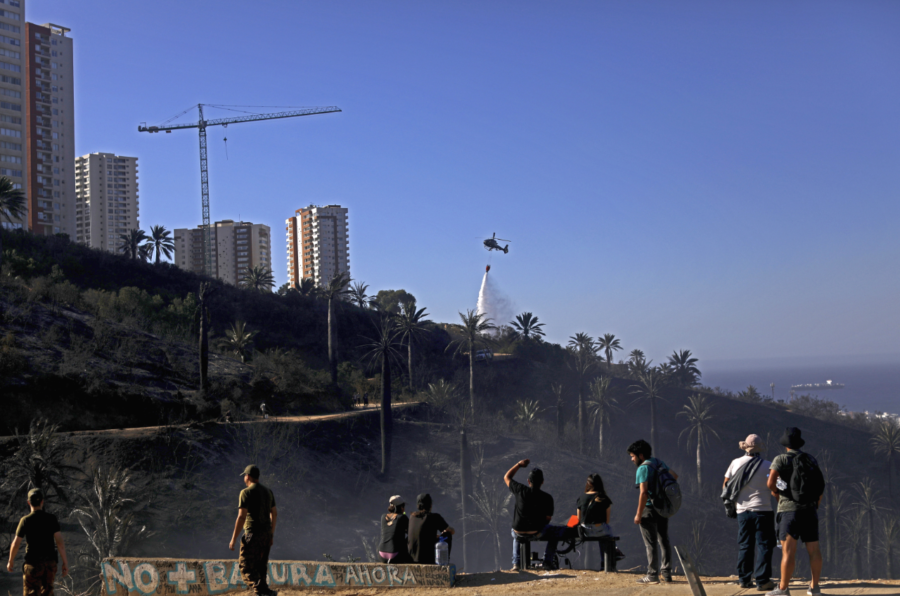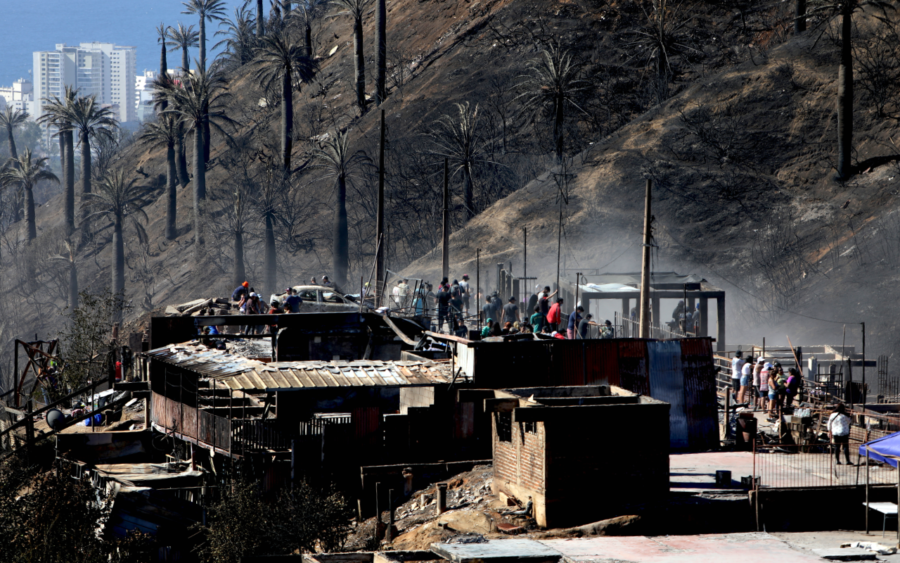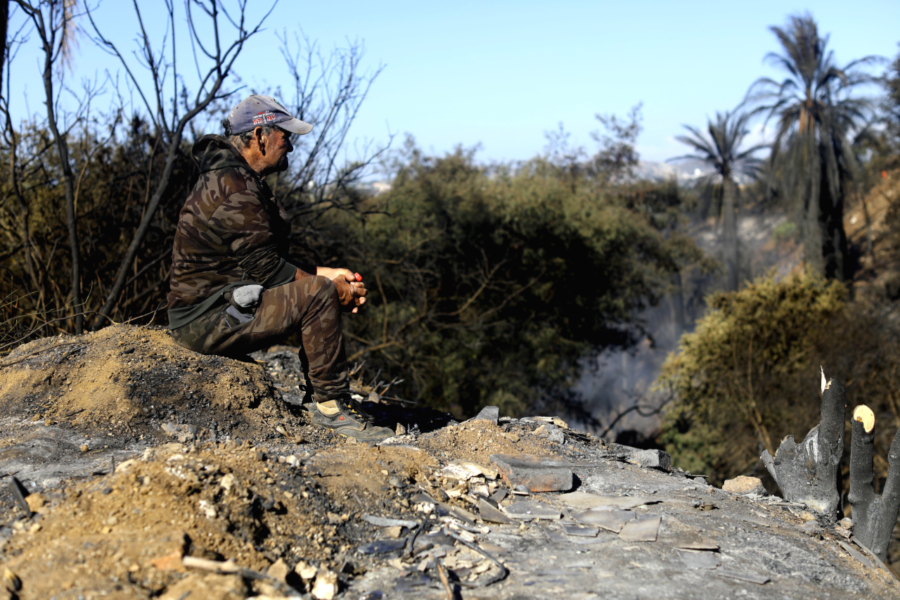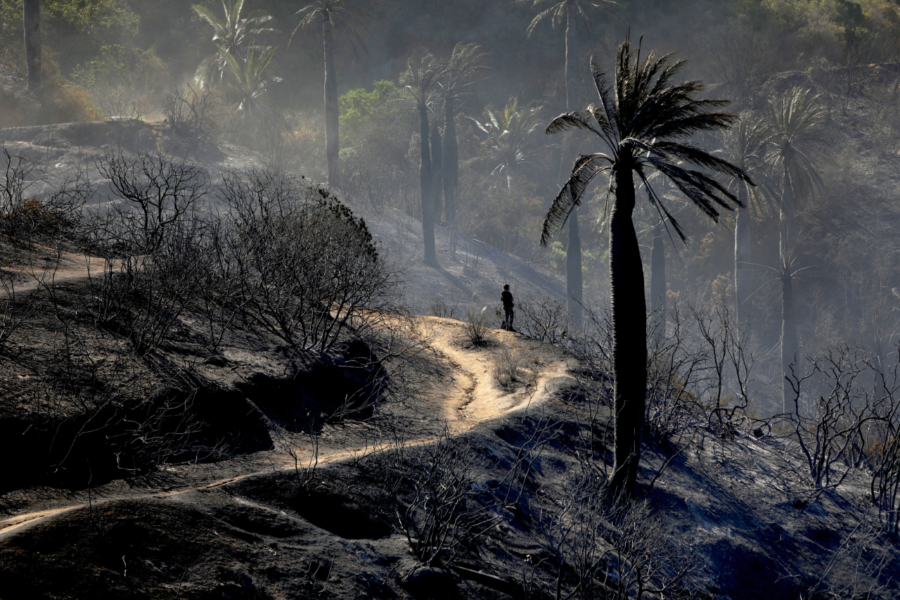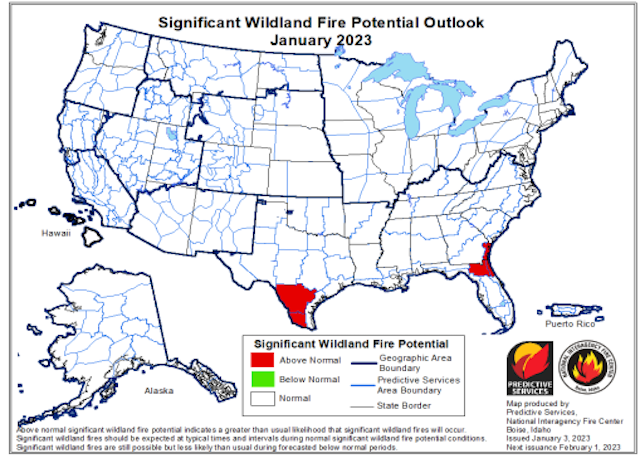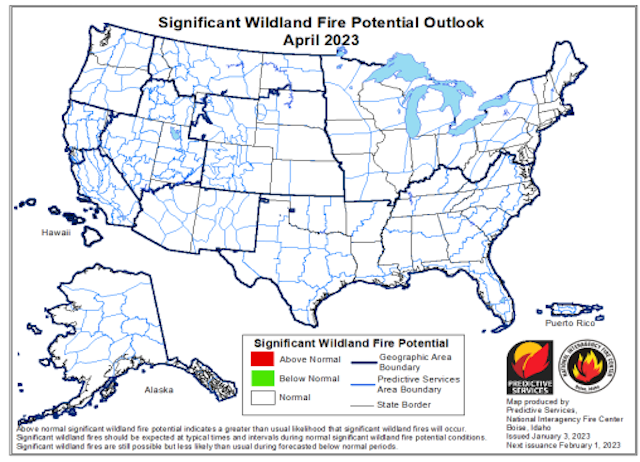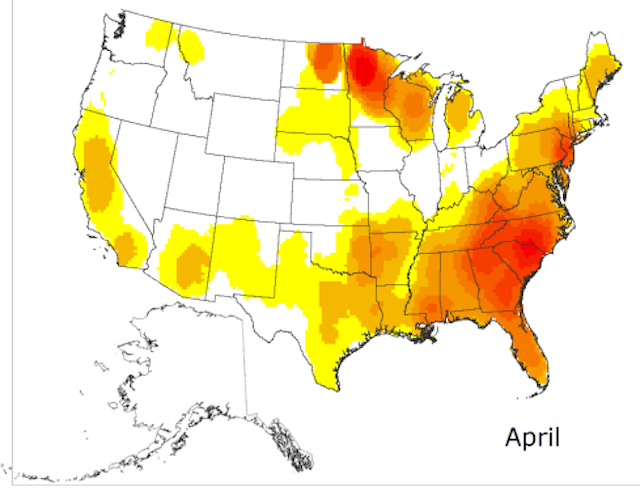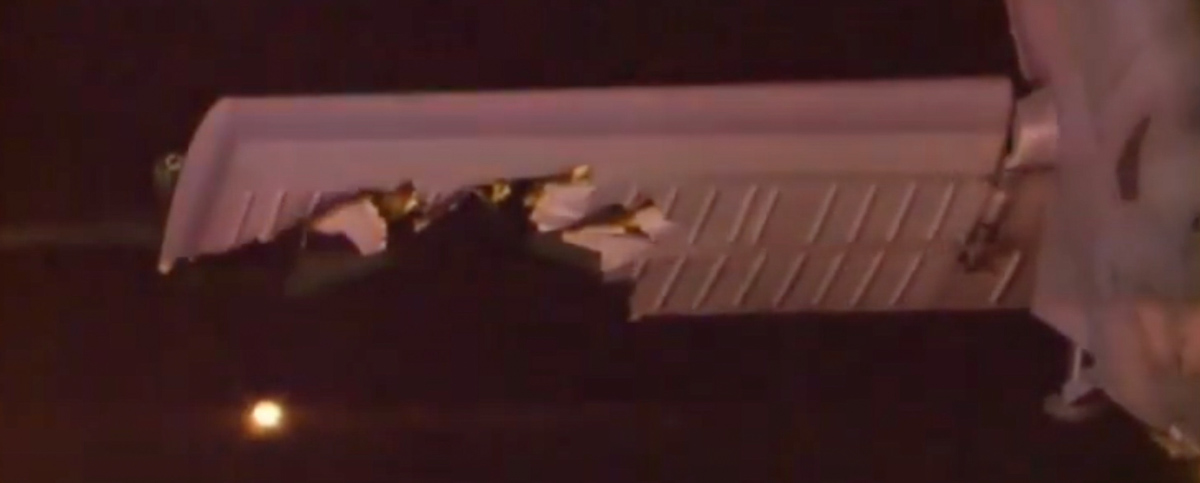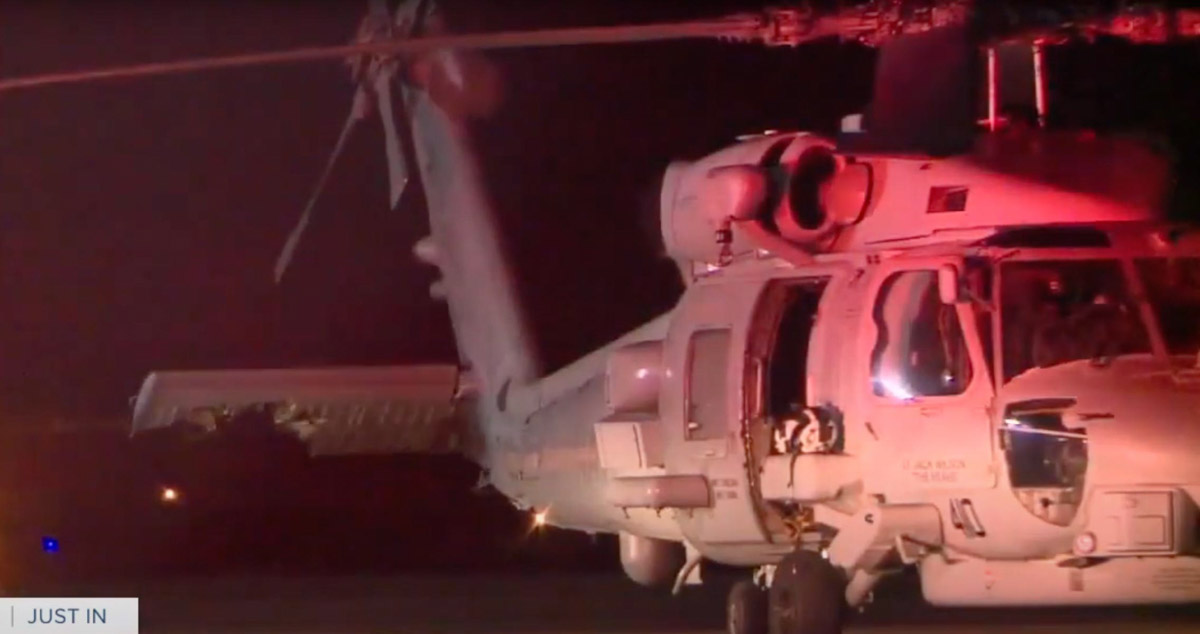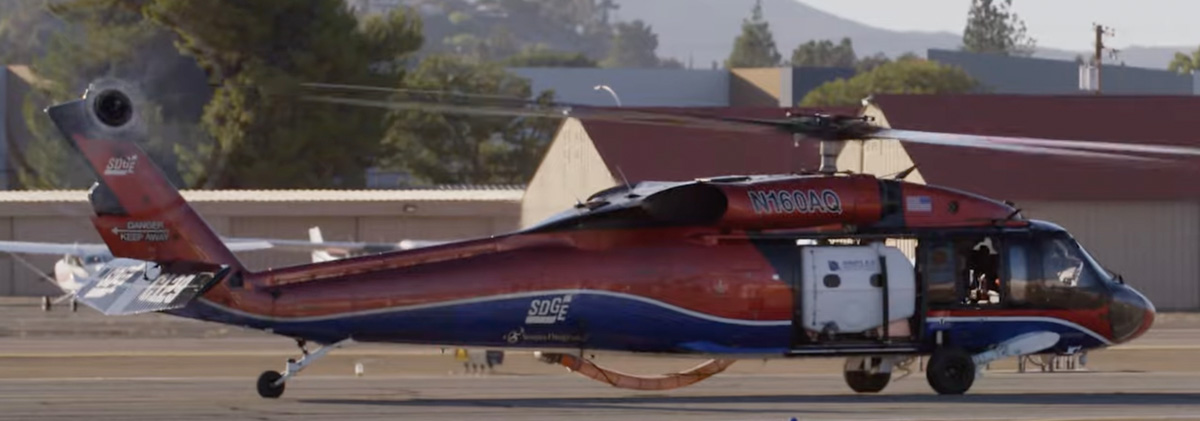As the U.S. Fire Administrator and fire leaders tour the East Coast this week there are two key goals — to honor those who died in fires this past year, and to promote an updated national fire strategy. On January 12 in Washington, D.C., Fire Administrator Dr. Lori Moore-Merrell and a range of national fire leaders will close out the week’s events by remembering those killed in fires while also highlighting key strategies and efforts needed to address the fire problem in the United States.
The national strategy grew from an October 2022 Summit on Fire Prevention and Control — a regular summit launched in 1947 by President Harry Truman. The current conclusions, based on a gathering of fire-science panelists, includes key wildlife components.
While many of the recommendations apply to fire wherever it occurs — “to invest in a national apprenticeship program to address the firefighter shortage” that also supports a more diverse and inclusive workforce; to establish a comprehensive firefighter cancer strategy; and to support behavioral health and suicide prevention — two in particular focus on wildfire concerns:
Prepare all firefighters for the climate-driven increase in wildfires in the wildland urban interface (WUI) by providing them with the proper training and equipment.
Create safer communities by implementing and enforcing codes and standards, especially in the WUI and underserved and vulnerable populations, and provide affordable and fire-safe housing.
The USFA web pages focused on the Summit on Fire Prevention and Control develops the science and the strategies — https://www.usfa.fema.gov/about/fire-administrators-summit/ — and we’ll continue our coverage this week on how the strategies may help us address the firefighter cancer issue and find their way to the colleagues, fireground and communities we serve.

